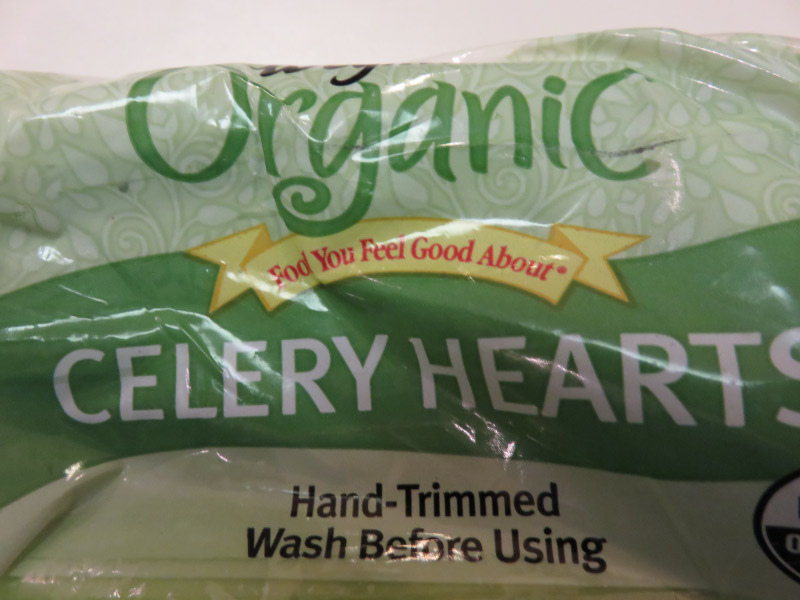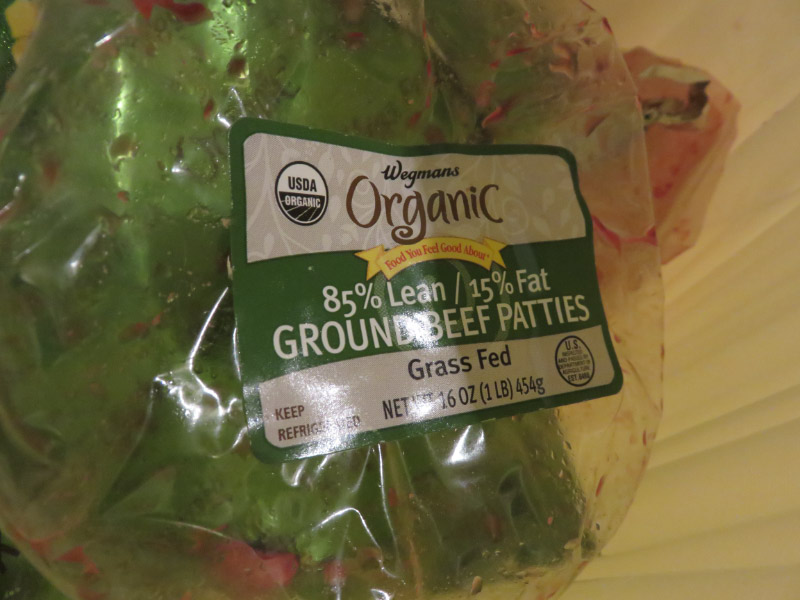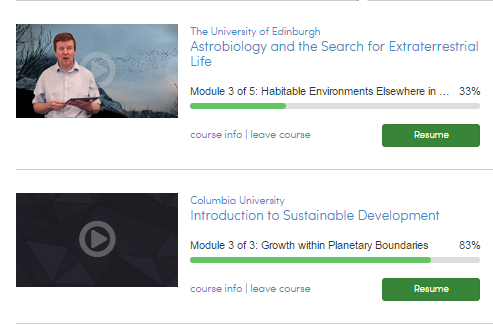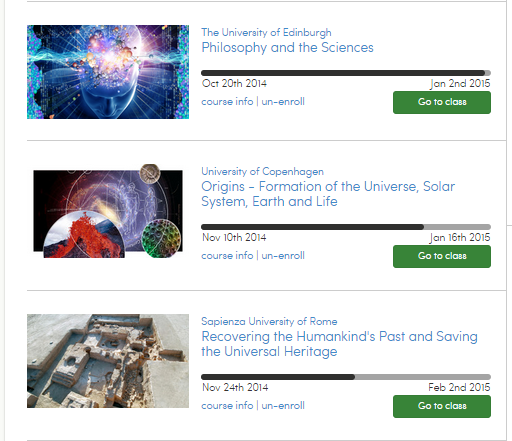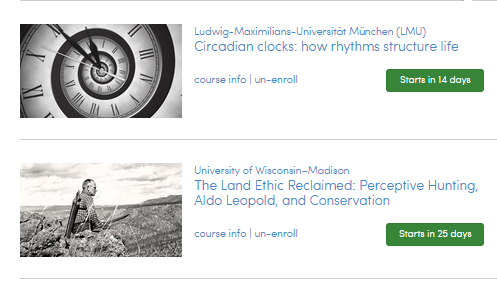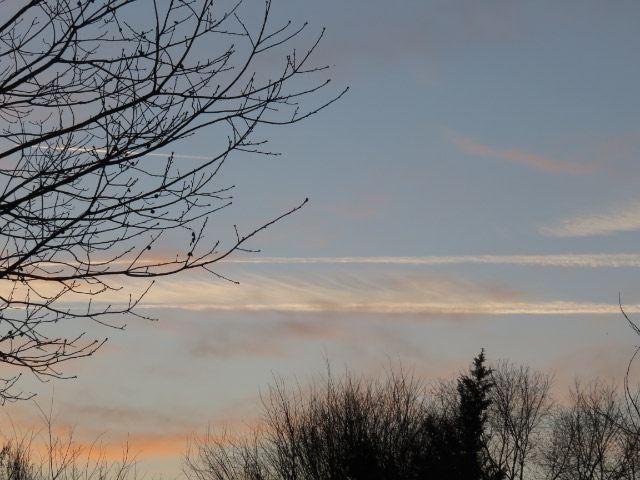Gleanings of the Week Ending January 24, 2015
/The items below were ‘the cream’ of the articles and websites I found this past week. Click on the light green text to look at the article.
Is it possible to reset our biological clocks? - I have just started a Coursera course on circadian clocks so am paying more attention to articles on the topic. This one is from ScienceDaily.
Wild pollinators at risk from diseased commercial species of bee - Honeybees, bumblebees, and social wasps are all colony living insects that makes the transmission of disease within the colony very rapid…and now there is evidence of transmission between colonies, even colonies of different species.
Google Talking To Automakers about Building Autonomous Cars - I would like to see autonomous cars…but is it just wishful thinking for the near term (say 2020)?
This Ancient Pigment Could Soon Be Used to See Through Your Skin - Egyptian blue (calcium copper silicate). And now it’s becoming a medical technology too. Other applications of Egyptian Blue in an article from Antiquity Now.
How to Uncover a Skeleton’s Secrets - From National Geographic. The examples in the article is from a project in northern Peru
One Scientist's Race to Help Microbes Help You - There has been a lot discovered about the human microbiome…but translating the new knowledge into treatments has been slower. This is a story about the American Gut Project - a massive citizen science experiment - which is focused on accumulating enough data to enable the move toward treatments sooner.
Humanity Is In the Existential Danger Zone, Study Confirms - Scary stuff. Are we engineering a wave of extinctions on our planet that will eventually include ourselves? We are pushing against and past several planetary boundaries.
A Smart Grid Infrastructure Demands Increased Engineering Smarts - One of the skillsets needed for the future. The article is about the program in Syracuse University’s College of Engineering.
Counties Lag Behind National Recovery, Report Finds - A breakdown of ‘recovery’ at the county level reveals key economic indicators on a more granular level that we usually hear about. The clickable version of the map is available here. I found that the county where I live has recovered 2 of the 4 indicators (which is considered ‘recovered’) but where my daughter lives in Tucson has not recovered any of the 4; having visited Tucson for the past 3 years, I do notice that things have improved - but they are not back to the levels prior to 2008.
Breathtaking Frozen Bubbles Look like Elegant Glass Ornaments - I hope we have a cold day soon so I can try making frozen bubbles like this! I’m pretty sure it takes lots of practice to make them look as good as these!

